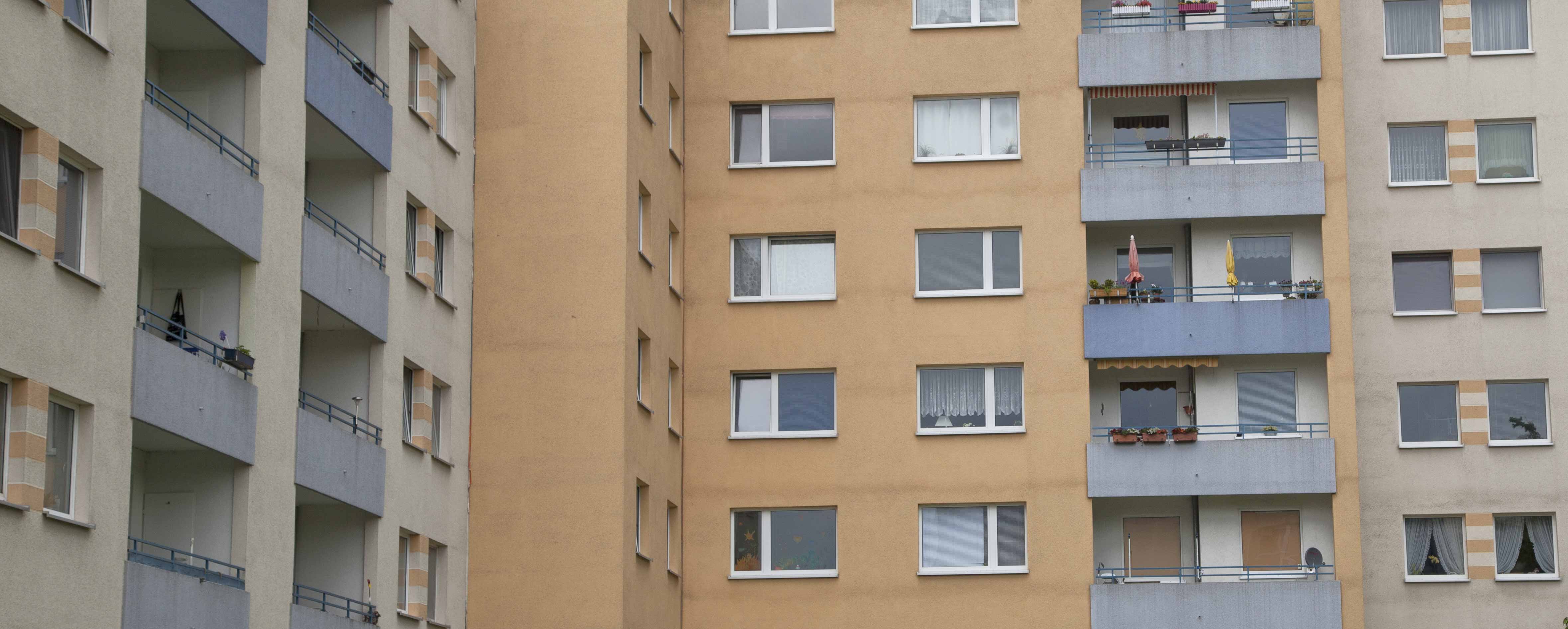The Canadian housing landscape has shifted with the election of a new federal government. This is the first government in many years elected with a platform of significant spending on affordable housing. The Liberal platform promised new funds for social infrastructure, averaging $1.45 billion a year from 2016 to 2019. It’s unclear yet how much is for housing, but the signals are that the share will be large. Now is the time to turn a foundation of election promises into a solid re-build of housing programs.
The Liberal platform promised a national housing strategy – something housing advocates have long called for. A national housing strategy should serve three purposes. First, it matters as a process to gather political momentum for a priority that will need to withstand fiscal concerns, face down contrary voices, and navigate complex federal-provincial relations.
Second, a housing strategy should set out principles that will guide government decisions. Good housing has big positive impacts on health and health care costs. We can’t rely on the market to provide adequate housing for people with low incomes. Affordable rents are an essential element of a social safety net. Housing is a foundation for personal stability for people with higher needs, such as frail seniors or people who are homeless. If we want mixed-income neighbourhoods, not more urban polarization, affordable housing is the tool.
Third, and most importantly, the Strategy should name specific priorities and how these link to funding. It takes money to build new housing, to fix older housing, or to bridge the affordability gap between a $1,000 market rent and the $500 that a low-income pensioner or low-wage worker can afford. The Strategy must build a link between priorities, new infrastructure spending, and existing housing programs.
When it comes to new funding it’s tempting to focus on new projects that provide good photo ops. But funding must also sustain existing affordable housing. Little will be gained if ribbons are cut on new projects while older social housing, where over one million Canadians live, is left to crumble. The federal government spends $1.7 billion annually on existing social housing and related programs. Provinces (and in Ontario) municipalities more than match those dollars. This helps to pay mortgage costs, keep rents affordable, and cover repairs. But annual federal funding (excluding First Nations) has declined by about $300 million since 2006 and will go down another $300 million by 2019 under existing federal-provincial agreements. We can’t afford to let older social housing projects to crumble; this phase-out of federal funding must stop. Some repairs can be funded with infrastructure grants, but ongoing rent subsidies are also needed.
The federal government also spends about $270 million annually on new affordable housing and new rent subsidies, in the Investment in Affordable Housing (IAH) program. This program needs to be gutted and rebuilt. IAH has a weak definition of affordability, no mortgage financing element, no ongoing funds for affordable rents, and iron rules against using it to repair older social housing. The flaws of the IAH program left provinces and municipalities to face alone the challenges of ensuring affordable rents and good repair in older social housing.
In some Canadian communities the big need is helping people who struggle to afford market rents. In Toronto it is also keeping older social housing in good repair. In high-growth areas like York Region or Calgary it is building new affordable housing. In other cities it is renewal of declining neighbourhoods. The new federal program should provide space for each of these, enabling different provinces and local communities to choose different priorities within federal guidelines.
The federal government must proceed in partnership with the provinces to avoid needless conflicts and ensure the new program meets diverse needs. In Canada’s housing programs of the 1960s to 1980s, the federal government decided the funding framework, put in at least half the funds, and got political credit for it, but the provinces administered most programs. It was a successful recipe, adaptable to today.
